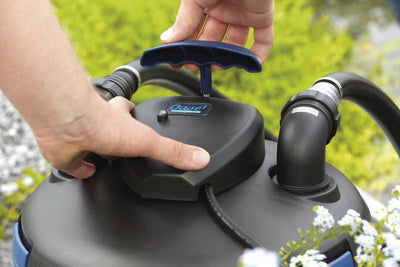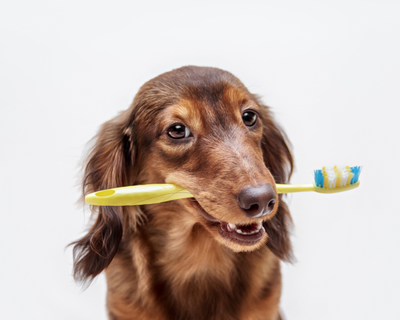
Giving medication to your dog can be a challenging task, especially if they are resistant or unwilling to take it. However, with the right approach and some helpful tips, you can make the process much easier and stress-free for both you and your furry friend.
In this guide, we will provide you with step-by-step instructions on how to give your dog a pill or medication successfully.
Gather all necessary supplies.
Before you begin administering medication to your dog, it's important to gather all the necessary supplies. This will ensure that you have everything you need within reach and can complete the process smoothly. Here are some supplies you will need:
1. The medication prescribed by your veterinarian
2. Treats or a small amount of your dog's favourite food
3. A homemade pill pocket made a chicken training treat (if needed)
4. A towel or blanket to help restrain your dog (if necessary)
5. A bowl of water to help your dog swallow the medication
6. Gloves (optional, but recommended for hygiene purposes)
Having these supplies ready will make the process much easier and more efficient. It's also a good idea to familiarise yourself with the medication's instructions and any specific guidelines provided by your veterinarian. This will ensure that you administer the medication correctly and in the appropriate dosage.
Prepare the medication.
Before administering medication to your dog, it's important to prepare the medication properly. Start by reading the instructions provided by your veterinarian to ensure you understand the dosage and any specific guidelines. If the medication needs to be crushed or mixed with food, follow the instructions accordingly.
Next, gather the medication prescribed by your veterinarian and any additional supplies you may need, such as a piece of cheese to insert the pill in. These can help make the process easier if your dog is reluctant to take the medication.
If necessary, put on gloves to maintain hygiene while handling the medication. This is especially important if the medication is in liquid form and needs to be measured or administered using a syringe.
Once you have everything ready, you can move on to the next step of administering the medication to your dog.
Approach your dog calmly and confidently.
When it's time to administer medication to your dog, it's important to approach them calmly and confidently. Dogs can sense when their owners are anxious or nervous, which can make them more resistant to taking medication. Take a deep breath, relax, and project a sense of calmness.
Approach your dog in a gentle and reassuring manner. Speak to them in a
soothing tone of voice and use positive reinforcement, such as treats or praise, to create a positive association with the medication process. If your dog is particularly anxious or fearful, you may want to consider using a muzzle or enlisting the help of another person to hold them steady.
Remember to always follow the instructions provided by your veterinarian and never force medication on your dog. If they continue to resist, consult with your veterinarian for alternative methods or options. With patience and persistence, you can successfully administer medication to your dog and ensure their health and well-being.
Administer the medication.
Once you have prepared the medication, it's time to administer it to your dog. Here are some steps to follow:
1. Position your dog: Find a comfortable and secure spot where you can administer the medication. This could be a table, countertop, or the floor with a non-slip mat.
2. Hold your dog's head: Gently hold your dog's head from behind, using one hand to support their chin and the other hand to hold their upper jaw.
3. Open their mouth: Use your thumb and forefinger to gently open your dog's mouth. Be careful not to apply too much pressure or force their mouth open.
4. Place the medication: With your other hand, place the medication as far back on your dog's tongue as possible. This will help prevent them from spitting it out.
5. Close their mouth: Hold your dog's mouth closed and gently stroke their throat to encourage swallowing. You can also blow on their nose or offer a small amount of water to help them swallow.
6. Offer praise and reward: Once your dog has swallowed the medication, offer praise and a treat as a reward. This will help create a positive association with the medication process.
7. Check for any residue: After administering the medication, check your dog's mouth to ensure there is no residue left. If there is, gently wipe it away with a clean cloth or tissue.
Remember to always follow the dosage instructions provided by your veterinarian and never administer more medication than prescribed. If your dog continues to resist or has difficulty swallowing, consult with your veterinarian for alternative methods or options.
Reward and praise your dog.
Rewarding and praising your dog is an important step in the medication administration process. By offering positive reinforcement, you can help create a positive association with taking medication, making it a more pleasant experience for both you and your dog. After your dog has successfully swallowed the medication, offer verbal praise, petting, and a treat as a reward. This will not only make your dog feel good but also encourage them to cooperate in the future. Remember, patience and positive reinforcement are key when administering medication to your dog.
© weknowpets 2023






